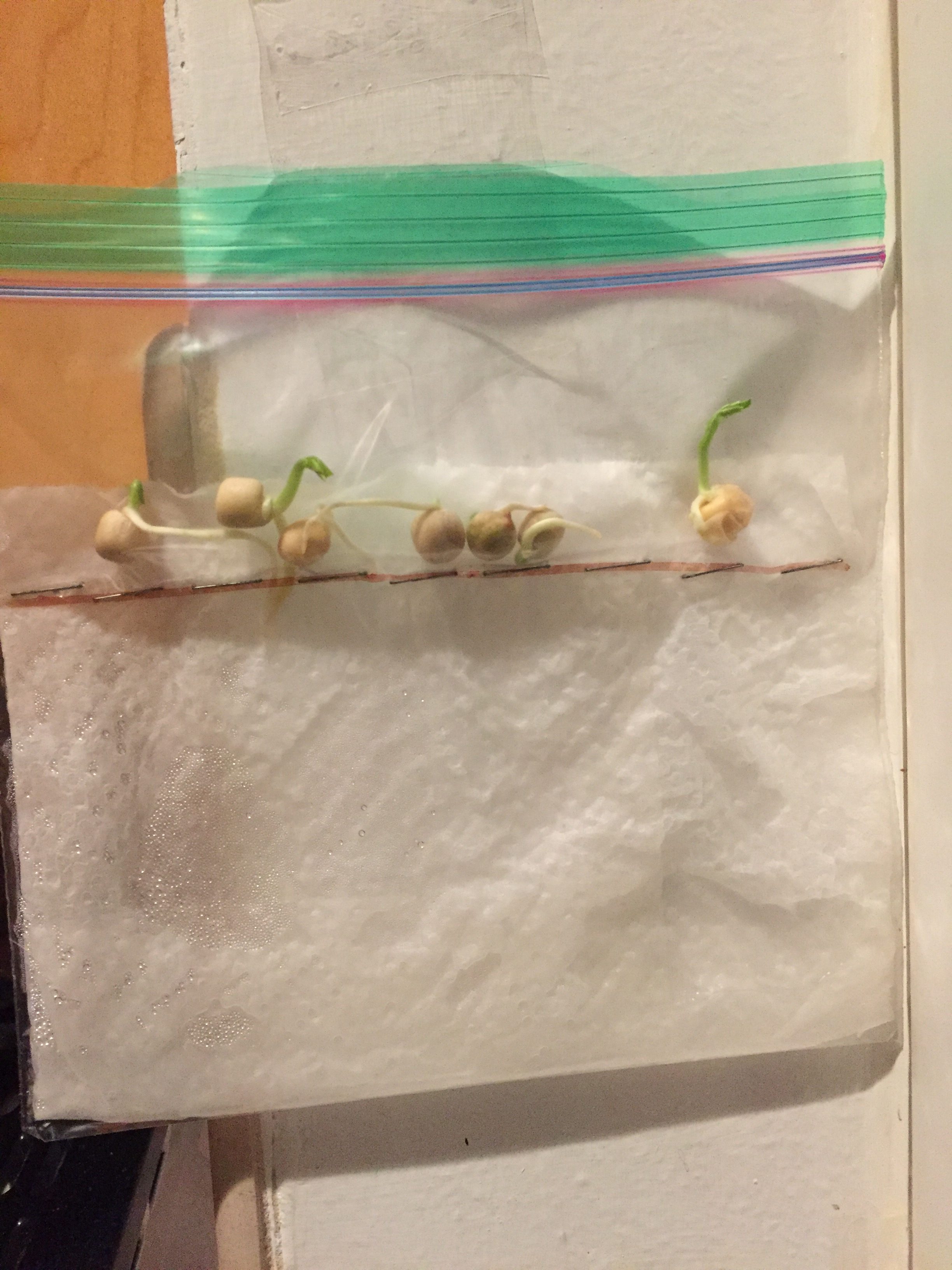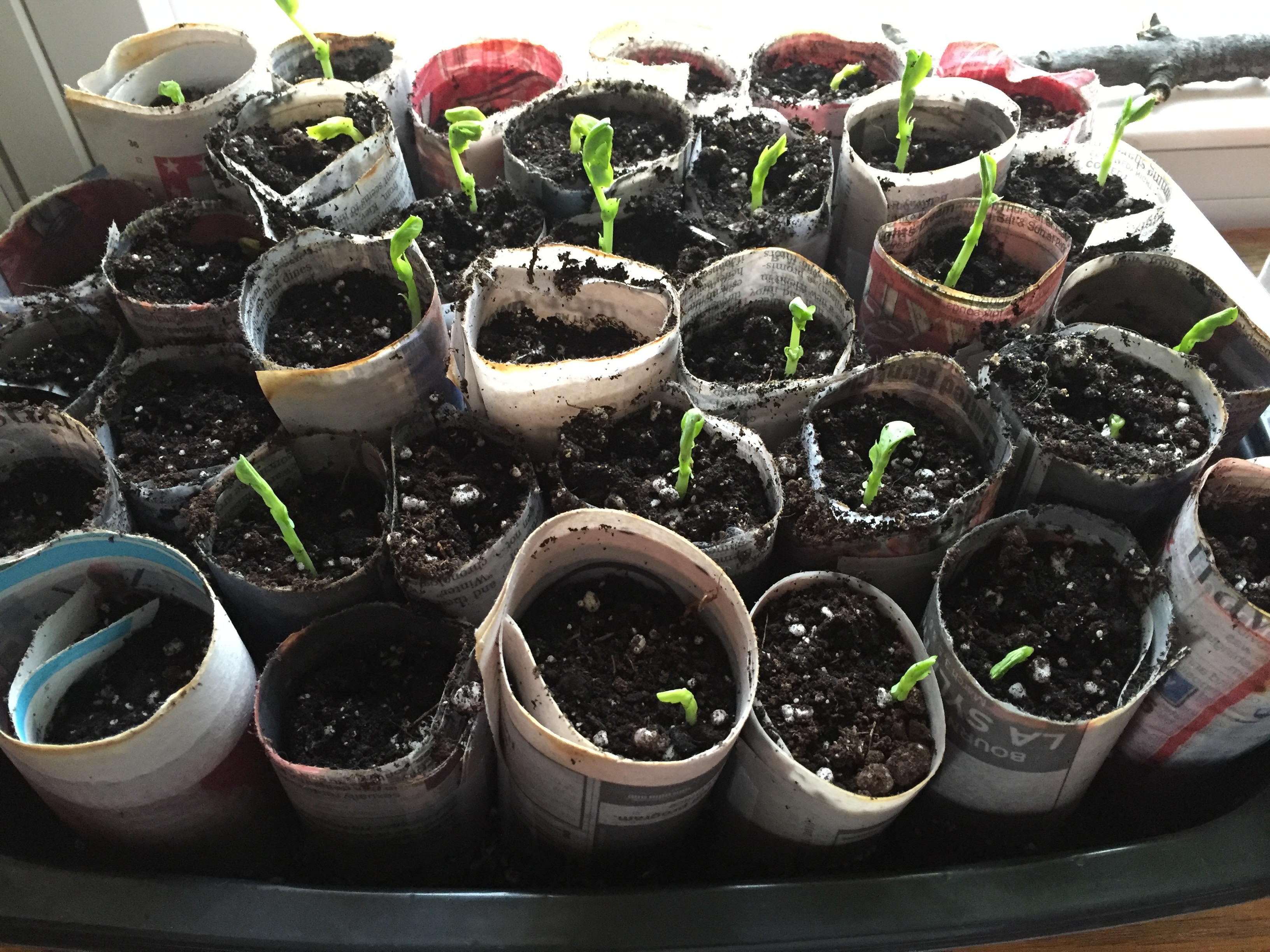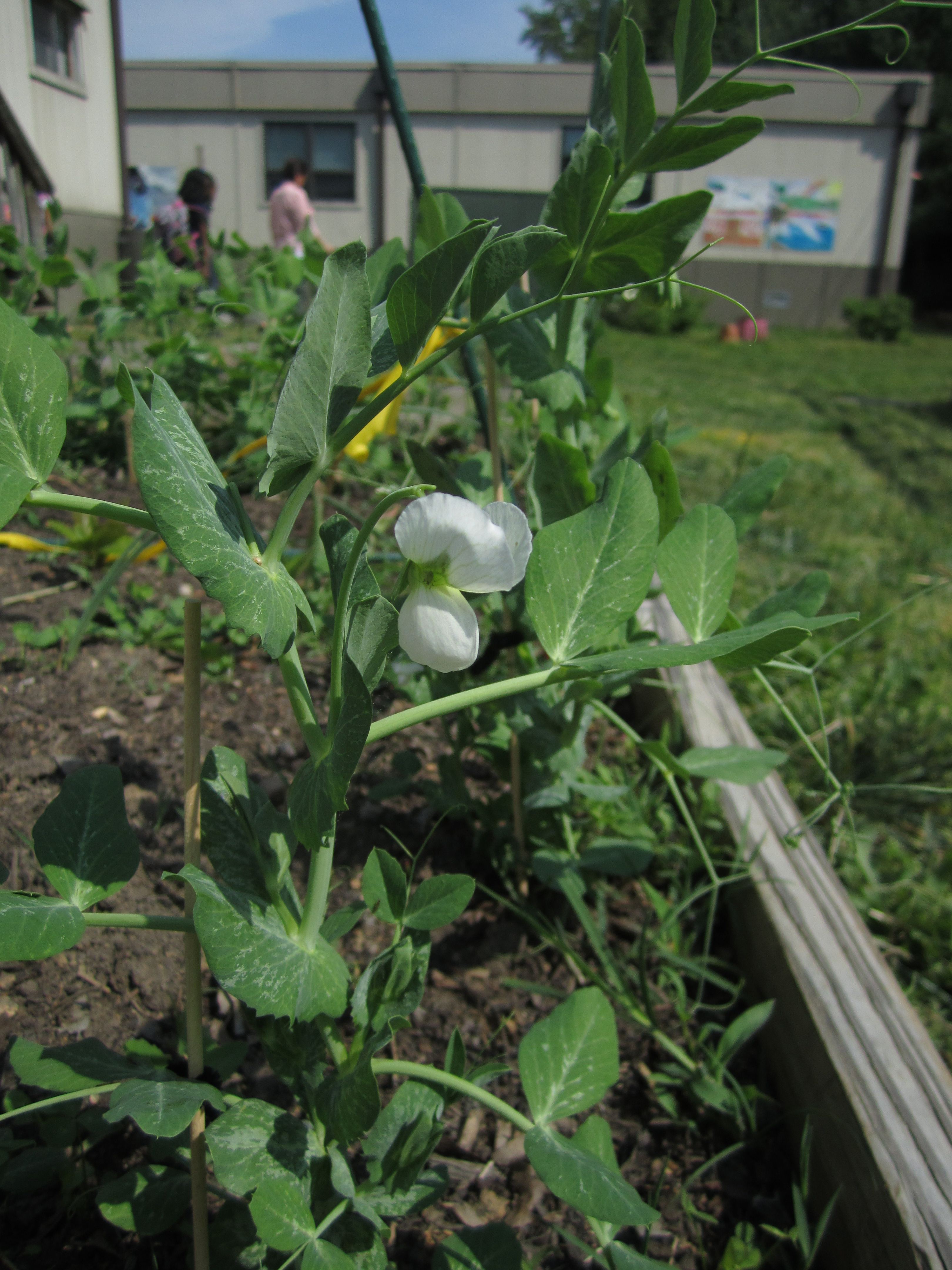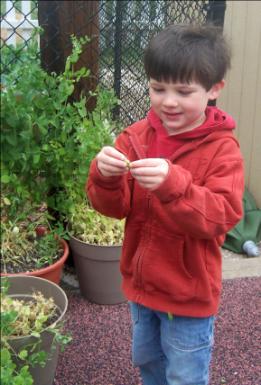Dreaming of spring and preparing to garden with young children
By Peggy Ashbrook
Posted on 2019-03-07

 Before the weather really warms up in your area, take children for a nature walk and together document through drawing or photography the plants that are beginning to bud out with leaves or flowers. Spring doesn’t begin at the moment the first daffodil blooms—the flowers of a maple tree may be budding months before. The creeping change of season is made visible by observation and documentation done in a systematic way, or at least weekly over a few months. Change continues as spring weather gives way to summer heat—keep observing and noting the new changes by making a brief stop at particular plants as you go out to the playground or to the carpool line. These brief observations may lead to investigations into the relationship between plant growth and the amount of sun it receives or what insects are doing when they visit or live on a plant.
Before the weather really warms up in your area, take children for a nature walk and together document through drawing or photography the plants that are beginning to bud out with leaves or flowers. Spring doesn’t begin at the moment the first daffodil blooms—the flowers of a maple tree may be budding months before. The creeping change of season is made visible by observation and documentation done in a systematic way, or at least weekly over a few months. Change continues as spring weather gives way to summer heat—keep observing and noting the new changes by making a brief stop at particular plants as you go out to the playground or to the carpool line. These brief observations may lead to investigations into the relationship between plant growth and the amount of sun it receives or what insects are doing when they visit or live on a plant.
You may be planning a garden with your class, or already be planting one, depending on your local weather. I have praised the sugar snap pea many times for its ease of planting and for being of interest to children. The seeds are familiar to most children who may be surprised to find out that the peas on their plates are seeds, seeds that could grow into a plant if they had not been cooked for eating. After planting pea seeds children may wonder, what other food items are seeds? And how do seeds sprout and grow? Indoor and outdoor plantings make the growing process visible. Indoors a discussion about the growth of the classic “seed in a bag” can reveal children’s understanding of the needs of plants. Outdoors, even a large pot can sustain a small crop of edible plants if you want to start small. The KidsGardening website has information on gardening with children and the US Department of Agriculture’s zone map of plant hardiness can help you decide when to plant.
 When children are given the responsibility of planning a system for plant care, the plants become more important to them. “Plant waterer” or “Garden care” can be added to a job chart. Children might suggest that each child get a turn to carry the heavy water jug out to the garden pot, or that every child can use a spray bottle indoors.
When children are given the responsibility of planning a system for plant care, the plants become more important to them. “Plant waterer” or “Garden care” can be added to a job chart. Children might suggest that each child get a turn to carry the heavy water jug out to the garden pot, or that every child can use a spray bottle indoors.
Many programs have children plant in pots to give to parents as a Mothers’ Day gift. How about starting some herb seeds, such as spring onion or cilantro, now so the growth is lush by May 12, 2019? If you leave children’s names off the pots, and be sure to plant a few extra pots, there will be enough for every family even if some don’t thrive because they are over or under watered.
Disclaimer: The views expressed in this blog post are those of the author(s) and do not necessarily reflect the official position of the National Science Teaching Association (NSTA).






